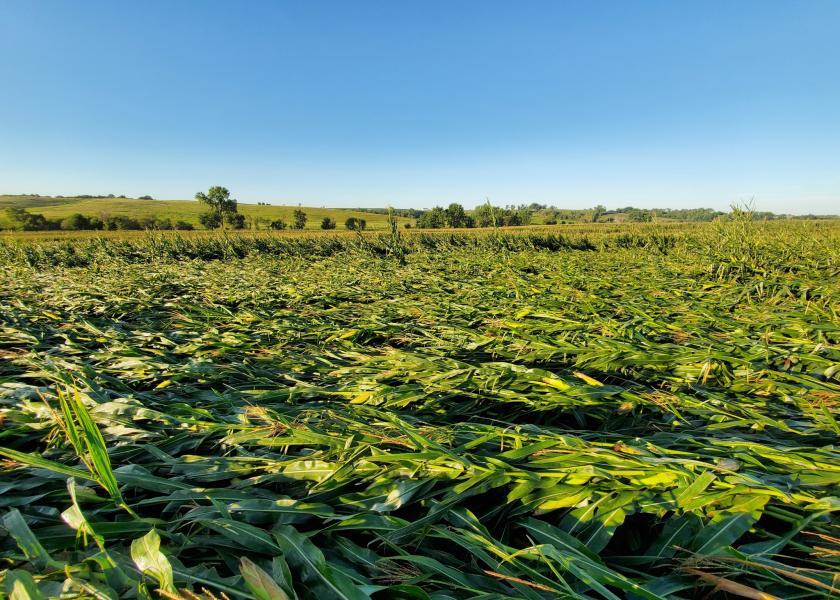USDA Reveals Farmers Have Received More Than $4 Billion in ERP Payouts to Date

USDA Secretary Tom Vilsack announced to date, agricultural producers have already received more than $4 billion through the Emergency Relief Program (ERP), representing approximately 67% of the more than $6 billion projected to be paid through Phase 1 of the program.
USDA mailed out pre-filled applications in late May to producers with crop insurance who suffered losses due to natural disasters in 2020 and 2021. Commodity and specialty crop producers have until July 22 to complete applications.
The major development was long-awaited and came during a trip to Iowa this week. Vilsack was in Minburn, Iowa, in a district where Democratic Rep. Cindy Axne could well face a tough campaign.
“We recognize the financial recovery need is great and worked deliberately to create a program delivery process that would ensure quick payments to producers,” Vilsack said. “I am extremely proud to share that the strategically streamlined ERP application and program implementation process have yielded the desired results – reduced burdens on and expedited payments to approximately 120,000 disaster-impacted agricultural producers, to date.”
As previously noted, USDA is implementing ERP and ELRP in two phases, with Phase 1 utilizing existing claim data to provide relief expediently, and Phase 2 focusing on ensuring producers not covered by other programs receive assistance. For Phase 1, USDA used crop insurance and Noninsured Crop Disaster Assistance Program (NAP) claim data.
Both ERP and the previously announced Emergency Livestock Relief Program (ELRP) are funded by a bill President Biden signed into law in 2021. The law provided $10 billion from taxpayers to help agricultural producers impacted by wildfires, droughts, hurricanes, winter storms and other eligible disasters experienced during calendar years 2020 and 2021, of which $750 million is committed to livestock producers who experienced losses to drought or wildfire in calendar year 2021. Eligible livestock producers received ELRP payments totaling more than $590 million since the program was rolled out in late March.
Additional Assistance through Phase 1. FSA will be sending pre-filled applications for about 9,000 eligible producers with NAP coverage in mid-July. The federal crop insurance data used to populate ERP Phase 1 pre-filled applications included claim data on file with USDA’s Risk Management Agency (RMA) as of May 2, 2022. At that time, claim data for the Supplemental Coverage Option (SCO), Enhanced Coverage Option (ECO), Stacked Income Protection Plan (STAX), Margin Protection Plan (MP) or Area Risk Protection Insurance (ARPI) were not complete, so crop/units including these coverage options were not included in the pre-filled ERP application form. In late summer 2022, updated claim information will be used to generate a second pre-filled application for those crop/units with eligible losses on file with RMA not included in the first mailing.
All producers who receive ERP Phase 1 payments are statutorily required to purchase crop insurance or NAP coverage where crop insurance is not available for the next two available crop years.
Phase 2 of both ERP and ELRP will be aimed at filling gaps and providing assistance to producers who did not participate in or receive payments through the existing programs that are being leveraged for Phase 1 implementation. USDA said it will keep producers and stakeholders informed as program details are made available.







